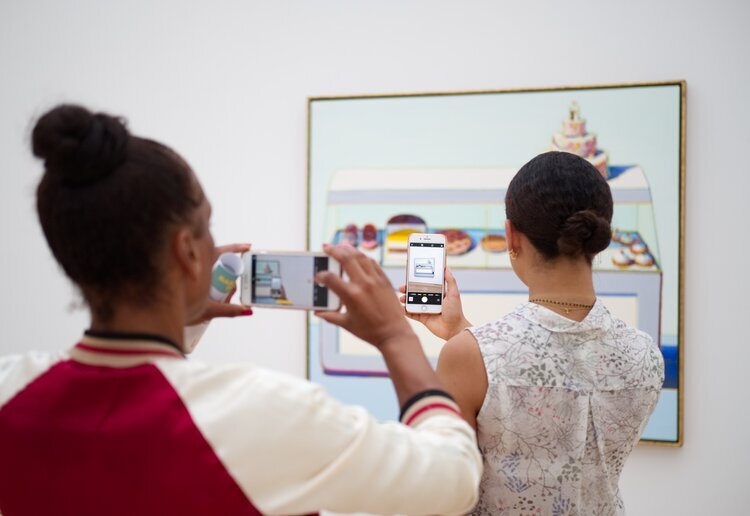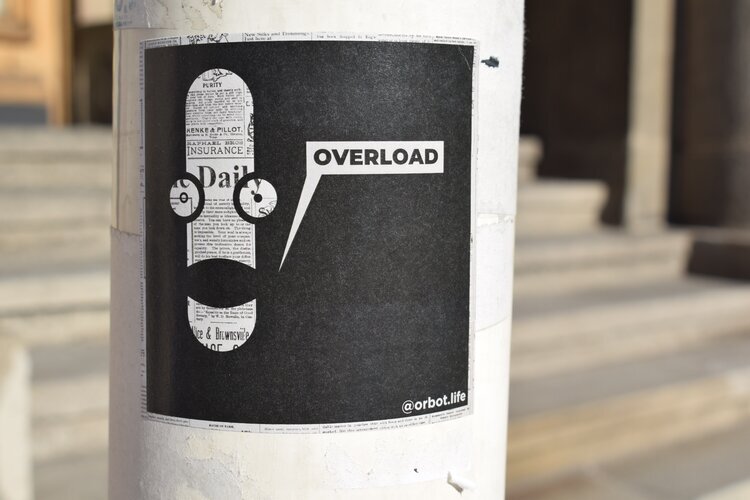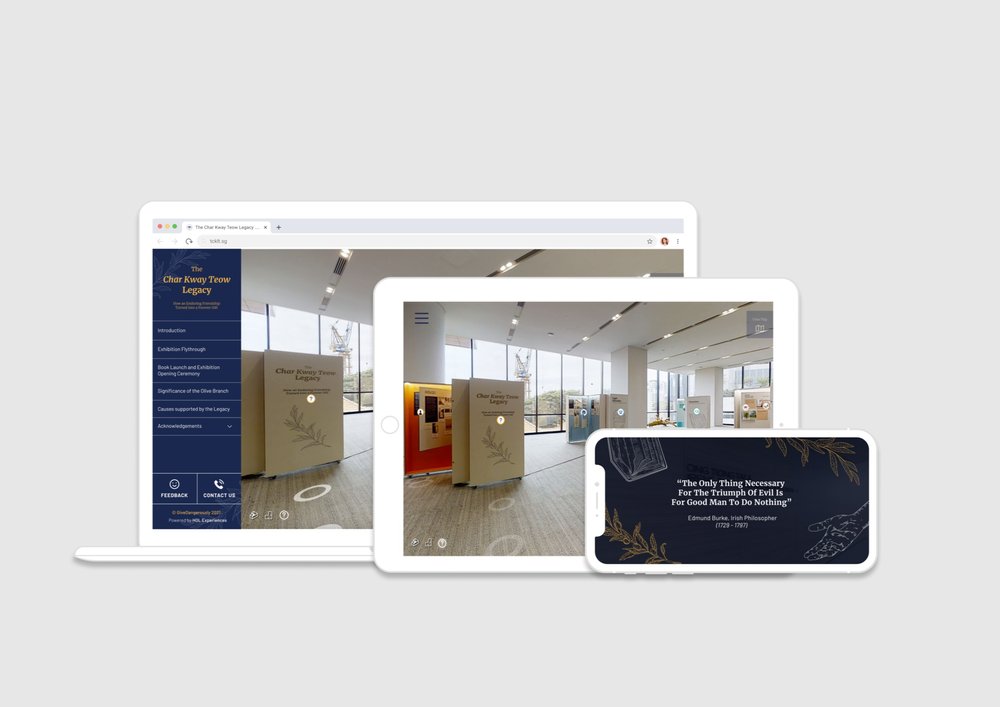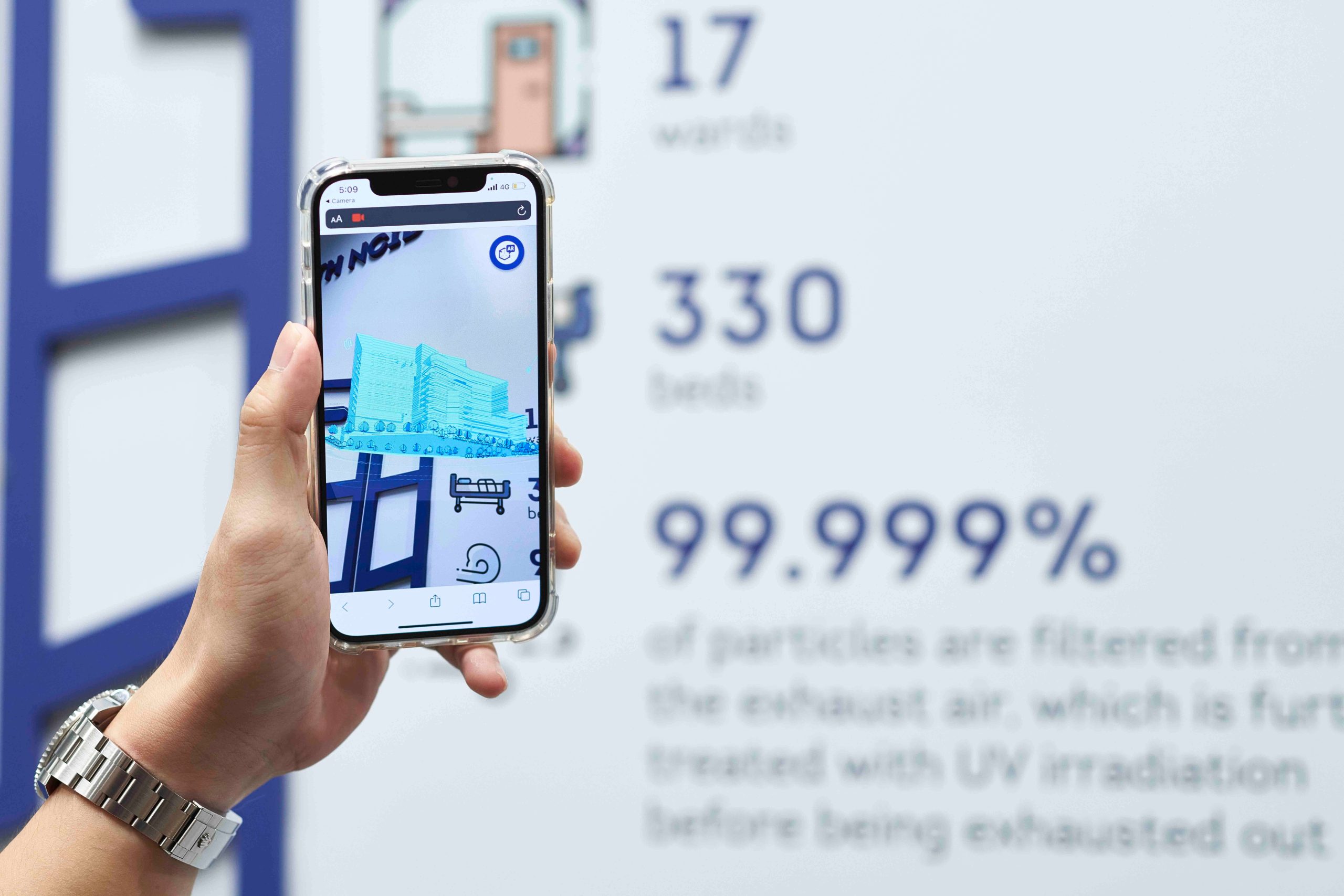It’s the stuff of nightmares.
You spent countless sleepless nights carefully researching into how to present information in your space in entertaining ways.
But now you are faced with this: Your visitors are hardly absorbing the messages and ideas you want them to take away.
What has gone wrong?
To help your visitors remember more, you need to curate and design your exhibition well.
But that’s not all.
So here are three sure-fire ways, backed up by science, to help your visitors recall you and your messages better.

1. SPARK EMOTIONS IN YOUR VISITORS
First off, you’ll need to understand how the human brain remembers. Let’s do a quick dip into the five-step process of how memories are formed, as explained in the book How People Learn: Brain, Mind, Experience, and School published by the National Research Council, America.
Step One: Six important emotions – fear, anger, disgust, sadness, surprise/interest and joy – are associated with automatic neurochemical/physical/hormonal responses.
Step Two: When a new or strong stimulus triggers the brain to make new connections between neurons, a change of body state (COBS) occurs.
Step Three: This emotional arousal then sends a message to the amygdala (a principal component of the emotional memory system), which attaches the information to an “emotional tag”.
Step Four: Once this information is tagged, it is stored as a short-term memory in the hippocampus.
Step Five: The hippocampus (may) then transfer(s) the memory to the pre-frontal cortex where it is stored as a long-term memory.
And that’s how the brain registers a memory. Thus, when planning your space, be sure to leverage the six emotions, as they will make your visitors remember more about you.
2. ENCOURAGE MORE MINDFUL PHOTO-TAKING

A study published in the journal Psychological Science published by the Association for Psychological Science (previously the American Psychological Society) found that visitors tended to remember less if they mindlessly snapped photos on museum tours.
The participants in this study were led on a tour of an art museum and instructed to take note of certain artefacts or artworks and to take photos of others. Participants who were trigger-happy with their cameras actually remembered less about the art and exhibits they had viewed. In comparison, those who had been more measured with their photo-taking remembered more.
The exception to this were the participants who had taken the effort to zoom in and take highly detailed photos of artefacts or artworks. This group were able to better recall the objects.
To minimise recall impairment, you can put up signs to help visitors take note or focus on certain items and details, and to encourage more mindful photo-taking. How about disallowing photography in specific areas to improve your visitors’ experience?
3. KEEP THE INFORMATION FOCUSED AND SUCCINCT

A common mistake many spaces make is cramming too much into exhibit labels so as to tell visitors more within a limited time.
This is counterintuitive, according to Stephen Bitgood, a leading researcher in visitor studies. In his book, Engaging the Visitor: Designing Exhibits That Work, he suggests that text length correlates inversely with readers’ attention span. In other words, the longer your text is, the harder it is to retain your visitors’ attention.
Visitors are likelier to read a larger number of short labels than a smaller number of long labels. Bitgood suggests that the safe number of words per label is between 30 and 75 words.
Another study published by Beverly Serrell, a museum consultant known for her huge body of work on visitors’ time and behaviours at exhibitions, found that visitors tended to skip many components, viewing and engaging with only 33% of them. Additionally, the actual engagement time spent on exhibitions was much less than you think – an average of only 20 minutes at an exhibition.
You now have a better idea of how visitors remember, but your journey of discovery has just begun. The human brain is exceedingly complex, and we cannot claim to know everything about it. More is being discovered about the brain every day.
But hopefully, these three strategies will provide a good starting point to improve your visitors’ experiences and help them remember more. If you have more to share on this topic, feel free to reach out to us.



